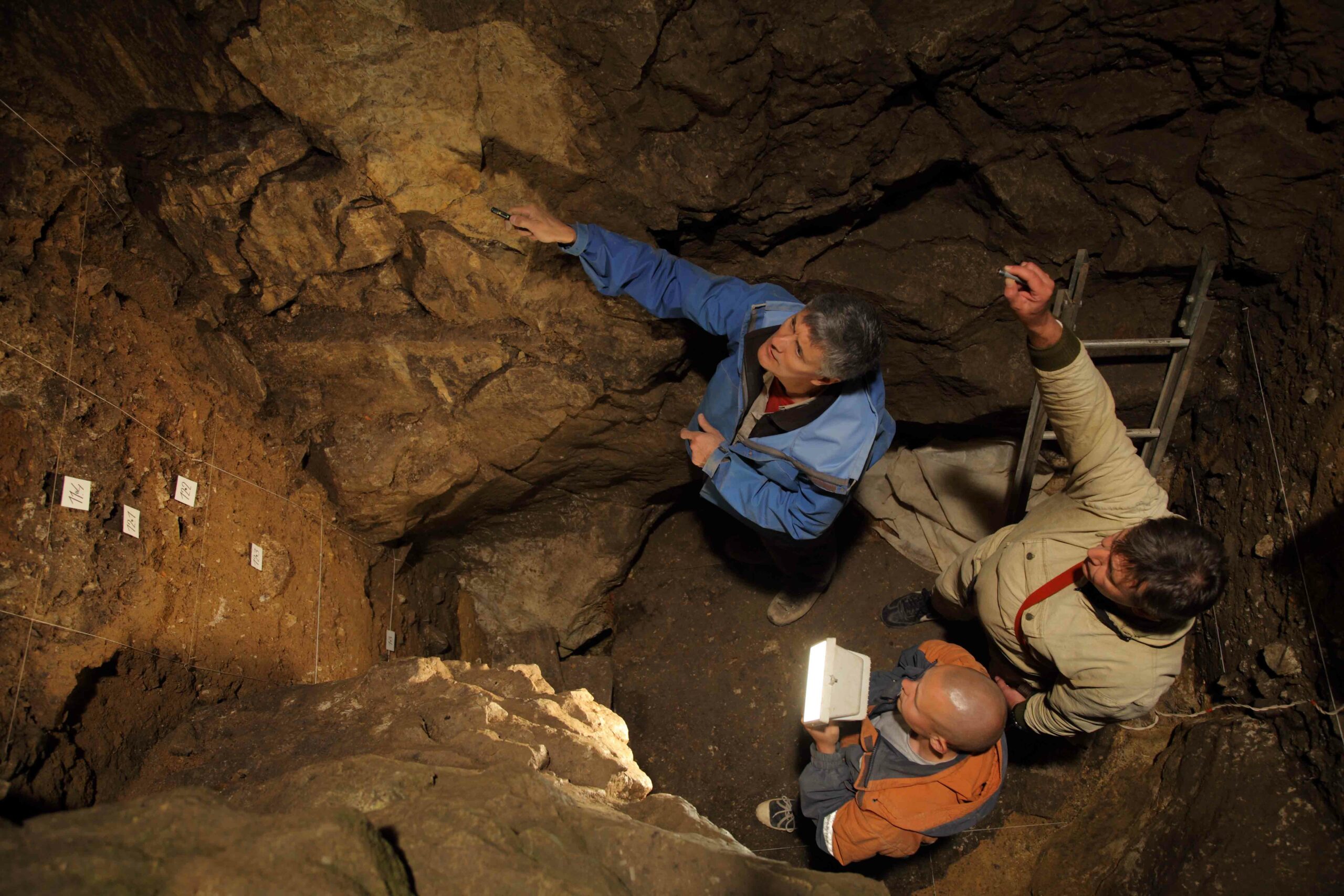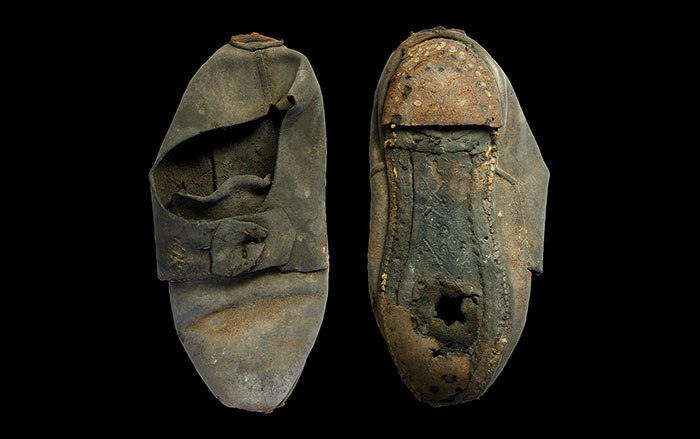
LEIPZIG, GERMANY—NPR reports that Matthias Meyer of the Max Planck Institute for Evolutionary Anthropology led a team of scientists searching for new sources of ancient human DNA for study. Since the fossil record is limited, the researchers have begun to analyze the dirt from floors of caves to look for the dust of degraded bones. Those samples could yield tiny DNA fragments, once DNA from recent cave visitors has been excluded. These additional DNA samples could help scientists learn about the lives of Neanderthals over time, and how often they may have interbred with modern humans. “Can we understand what happened to them in the end?” asked Janet Kelso, also of the Max Planck Institute. “That may not be something you can tell from the sequence, but it would be interesting to try.” For more, go to “Early Man Cave.”










